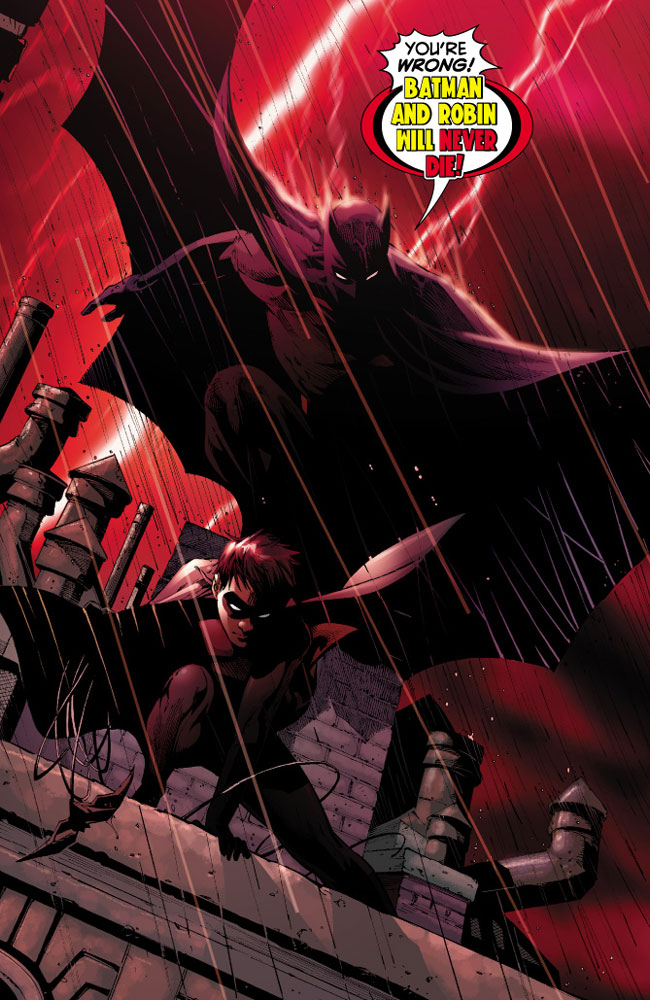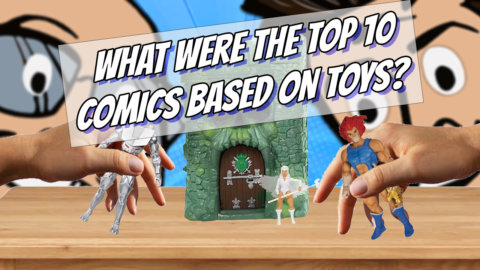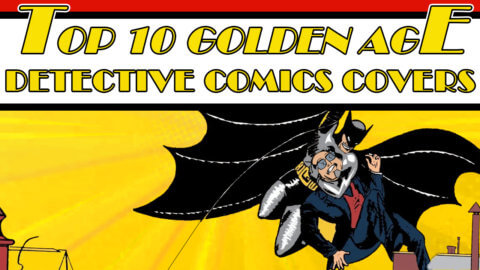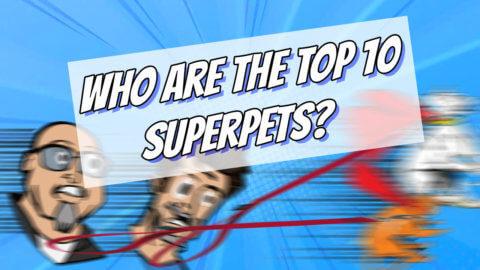Disclaimer: I don’t know what this is, it’s not organized nor is it well thought out – it’s just a gut reaction to Grant Morrison’s work. It’s a ramble, and frankly it’s more about celebrating someone who is pushing the superhero medium into it’s next level. If you can handle that… read on.
I’ve been re-reading Grant Morrison’s Batman run – mostly because I’ve been enjoying David Uzumeri‘s annotations, and it’s gotten me thinking about how comics are put together.
With the exception of the republishing of Arkham Asylum’s in the back of the tpb, I don’t think I’ve ever read a Morrison script. While Arkham Asylum’s script is incredibly detailed with rambling thoughts – it seems as though Grant spends a lot of time sharing his story ideas to Dave McKean, rather than dictating every minute detail in a single specific image, as shown by this really verbose example (depicted and expanded by McKean on page 39 of the comic):
Batman pushes the glass into his palm. His face creases with the flare of pain. ((This act deepens some of the ritual symbolism of the story. The recurring Fish motif–which relates to Pisces, the astrological attribution of the Moon card – also relates to Christ, who in turn can be linked to the Egyptian God Osiris, whose life and descent into the underworld parallels with the story of Amadeus Arkham. We also see later that the Asylum is built upon a Vescica Pisces – this symbol (…) forms the ground plan of much religious architecture and is used in the construction of most of the major buildings of antiquity, like Stonehenge and Avebury in England. It is a development of the Greek symbol for Christ (…). We also have the Clown Fish in our story, of course. Interestingly enough, while doing some research into folklore, I came across a book, published in the 16th century by a quack doctor Andrew Borde, called ‘Merrie Tales of the Mad Men of Gotham’. The English village of Gotham in Nottinghamshire was famous for the antics of its fools and the three stories mentioned all contained some reference to images in our Arkham story. On one occasion, for instance, the Gotham villagers, upon seeing the reflection of the moon in a pool attempt to fish it out. In another story, they surround a bush with stakes in an attempt to catch a cuckoo. The third story tells of how an eel was eating all the fish in their pond. The villagers take the eel and throw it into another pond, leaving it to drown. Synchronicity is alive and well!
As a final interesting aside on the subject of fish, the Vescica Piscis symbol is a very basic representation of the holographic process in which intersecting circular wave patterns produce three dimensional images. Physicist David Bohm believes the hologram to be an analogy for his vision of a vast interconnecting universe, in which every part is in some sense a reflection of every other part. In a few pages time, the Mad Hatter will endeavour to outline Bohm’s theories as applied to child molestation.
In the same way, everyhting in this story reflects and comments upon everything else.
What was I talking about anyway?
Yeah, so Batman is here inflicting upon himself one of Christ’s wounds and it’s all got something to do with fish, okay?
Maybe I’ve been doing this for too long.))
BATMAN: UH!
BATMAN: JESUS!
All these references makes you want to check out where he read them in the first place. You get a sense of the immense scope of thought and creativity Grant’s pouring into the comic book, into that one little scene – and you wonder just how it all comes together in a script.
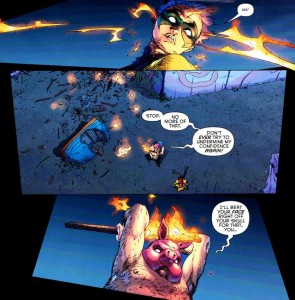 When Shawn Young and I interviewed Cameron Stewart back at Wizard World Toronto, Shawn asked him how Morrison’s scripts came in. Stewart told us that “…most of the important stuff is in there, and then he leaves certain action things open to artists that he trusts. I know that myself and Frank Quitely he just says go nuts on the action.”
When Shawn Young and I interviewed Cameron Stewart back at Wizard World Toronto, Shawn asked him how Morrison’s scripts came in. Stewart told us that “…most of the important stuff is in there, and then he leaves certain action things open to artists that he trusts. I know that myself and Frank Quitely he just says go nuts on the action.”
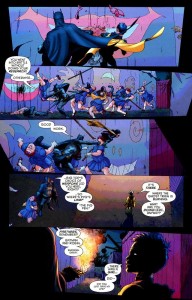 There was another interview (which I cannot currently find) wherein one of the artists on Seven Soldiers of Victory said that he didn’t even write the dialogue for each issue until AFTER he received the final art in an almost Stan Lee/Marvel Style storytelling. I think this explains why – when in the hands of a lesser talent or, more fairly, of someone who is working on a deadline and can’t give 110% – his current crop of comics can seem like channel-surfing through the DC Universe and others seem so organic that you’d think it was done by one person.
There was another interview (which I cannot currently find) wherein one of the artists on Seven Soldiers of Victory said that he didn’t even write the dialogue for each issue until AFTER he received the final art in an almost Stan Lee/Marvel Style storytelling. I think this explains why – when in the hands of a lesser talent or, more fairly, of someone who is working on a deadline and can’t give 110% – his current crop of comics can seem like channel-surfing through the DC Universe and others seem so organic that you’d think it was done by one person.
Again, I don’t really know the ins and outs and how specific or non-specific Morrison is – but the fact remains that Morrison’s use of dialogue pared with body language (and not caption boxes) is really the driving force of the narrative for Batman and Robin.
Up next – we take a look at what Pete thinks Morrison is really doing with Batman.

